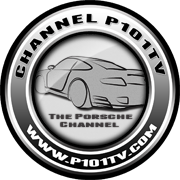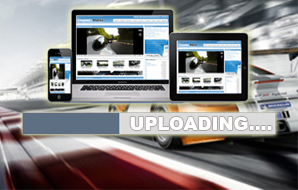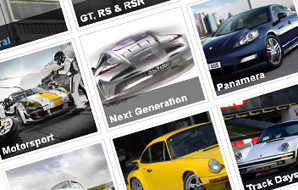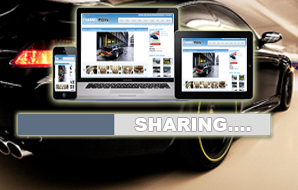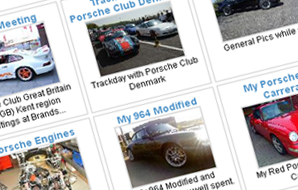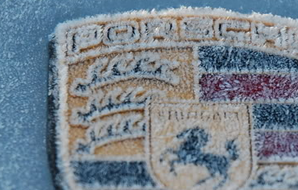Porsche Folio "Articles & Guides"
Understand Wheel and Rim Terminology
At first glance, wheel terminology can seem a little daunting if not cryptic. When considering a wheel upgrade or even knowing more about the wheels you already have fitted to your Porsche, understanding the codes and terminology is a vital piece of the puzzle. Here's a guide to helping you speak the language of the wheel and rim experts.
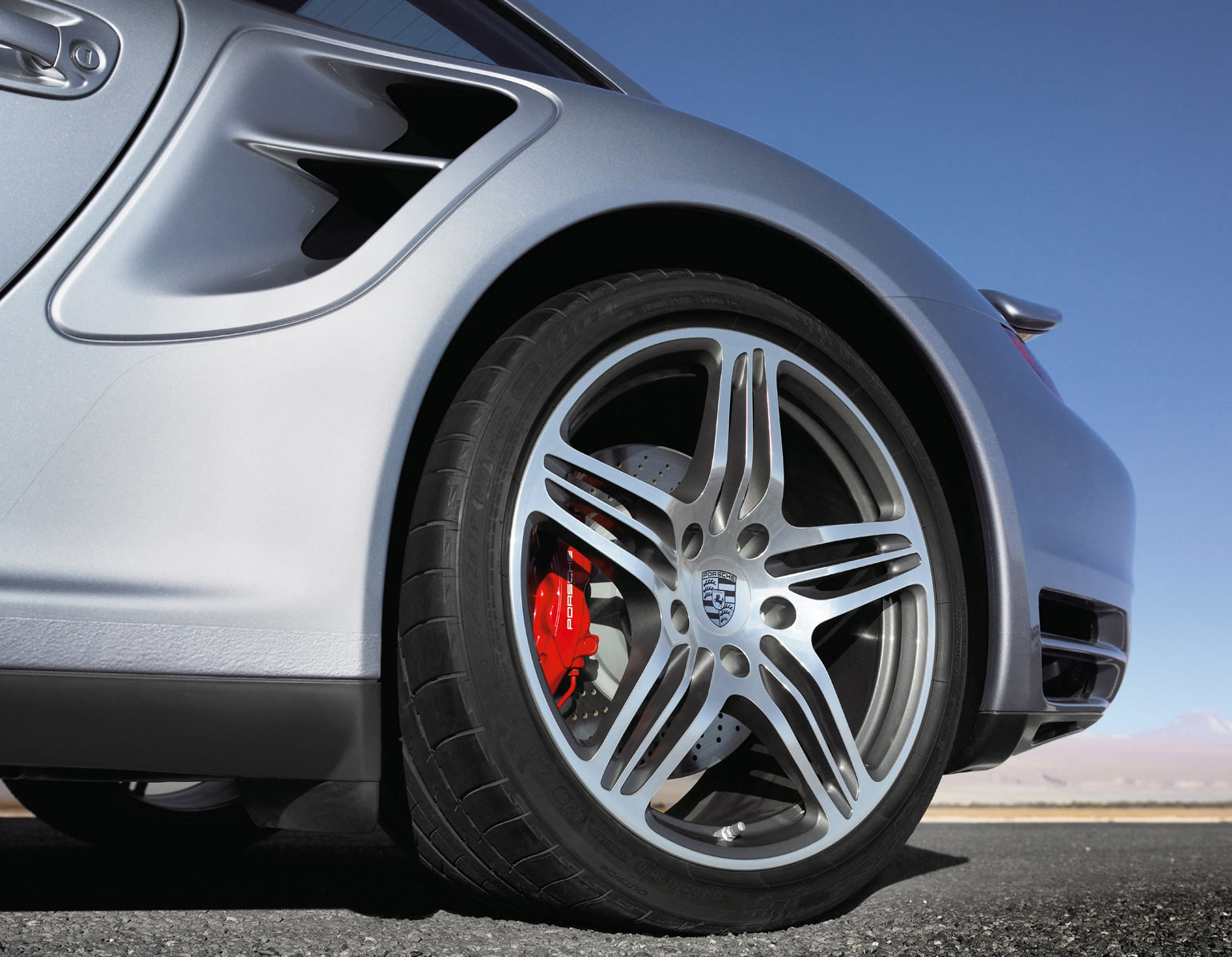
First, A Little History
A little history as to the origins of the wheel will help understanding some of the terminology. The story of the history of wheel began when the human race began to use the log to transport heavy objects. The original design of the wheel of round slices of a log was gradually re-inforced and used in this form for centuries on both carts and wagons.
This solid disc changed to a design having several spokes radially arranged to support the outer part of the wheel keeping it equidistant from the wheel centre.
A wooden wheel which used hard wood stakes as spokes was very popular as a wheel for many vehicles up to about 1920. Afterwards the disc wheel, in which the spokes were replaced with a disc made of steel plate, was introduced and is still being used to this day. Most recently, a light alloy has come to be used as a wheel material for many types of vehicle.Rim Size Designation
This is the way in which a wheel's specification is captured in a string of digits. For example a 7" x 16" Wheel with an offset of 40mm might be denoted as follows 7J16 ET40. This appears at first to be hard to decypher, but actually its quite simple. Take a look at the Rim size designtion picture below as well as the nomencature diagram for definitions:

The "J" in our example denotes the specification for the Rim Flange. This is the letter that typically sits between the rim width and diameter figures stamped on the wheel, and indicates the physical shape of the wheel where the tyre bead meets it. In the cross-section shown you can see the area highlighted as "Flange and Hump". Common wisdom has it that the letter represents the shape. ie. "J" means the bead profile is the shape of the letter "J". This is not the case, although "J" is the most common profile identifier. 4x4 vehicles often have "JJ" wheels. Jaguar vehicles (especially older ones) have "K" profile wheels. Some of the very old VW Beetles had "P" and "B" profile wheels. Our Beautiful Fuchs wheels on older Porsches are "J" profiles.
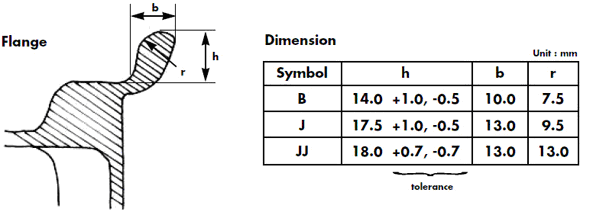
Rim Nomenclature
It is important to understand that term 'Rim' is often used to mean 'Wheel'. This is not the case. They are different things. There's only a few things to remember (See also cross section diagram below):
- Wheel: Wheel is generally composed of rim and disc.
- Rim: This is a part where the tire is installed.
- Disc: This is a part of the rim where it is fixed to the axle hub.
- Offset: This is a distance between wheel mounting surface where it is bolted to hub and the centerline of rim.
- Flange: The flange is a part of rim which holds the both beads of the tire.
- Bead Seat: Bead seat comes in contact with the bead face and is a part of rim which holds the tire in a radial direction.
- Hump: It is bump what was put on the bead seat for the bead to prevent the tire from sliding off the rim while the vehicle is moving.
- Well: This is a part of rim with depth and width to facilitate tire mounting and removal from the rim.
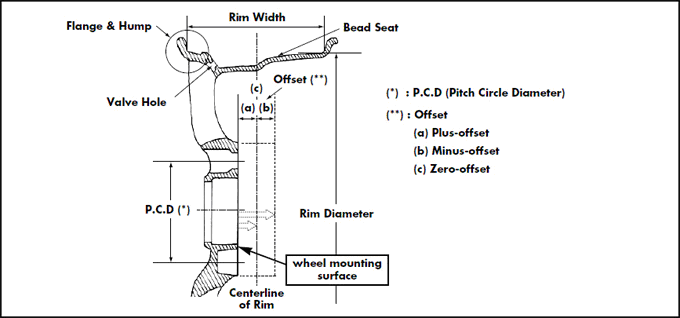
Get Involved in the dicussion
We think it's better to talk and would love to hear your thoughts on this article topic. Simply scroll down to read what other Channel P101tv members are saying about this article. Why not add your say. Your comments belong here! You can scroll to the end of the page or Click here to add your comments now.There's Plenty of Articles & Guides
Our Porsche Articles and Guides archives are constantly growing. Take a look through the archives from the Articles menu or click on a preview from the carousel below.
Feel Free to Join in!
If you would like to join in, we would welcome your ideas for an artcle. If there's subject that you'd like to write about then get in touch and let us know. If the topic fits the reader's corner then we'd be pleased to publish it. You will of course receive full credit for the article as well as a link back your Channel P101tv Profile.Have we missed something or feel something should be added?
If there's something missing that you feel needs to be included or if something doesn't seem quite right, then please let us know. If you'd like to write an article for inclusion here then please get in touch. Just click on "Contact us" at the bottom of the page.
We hope you enjoy the Reader's Corner of the Porsche Folio!

